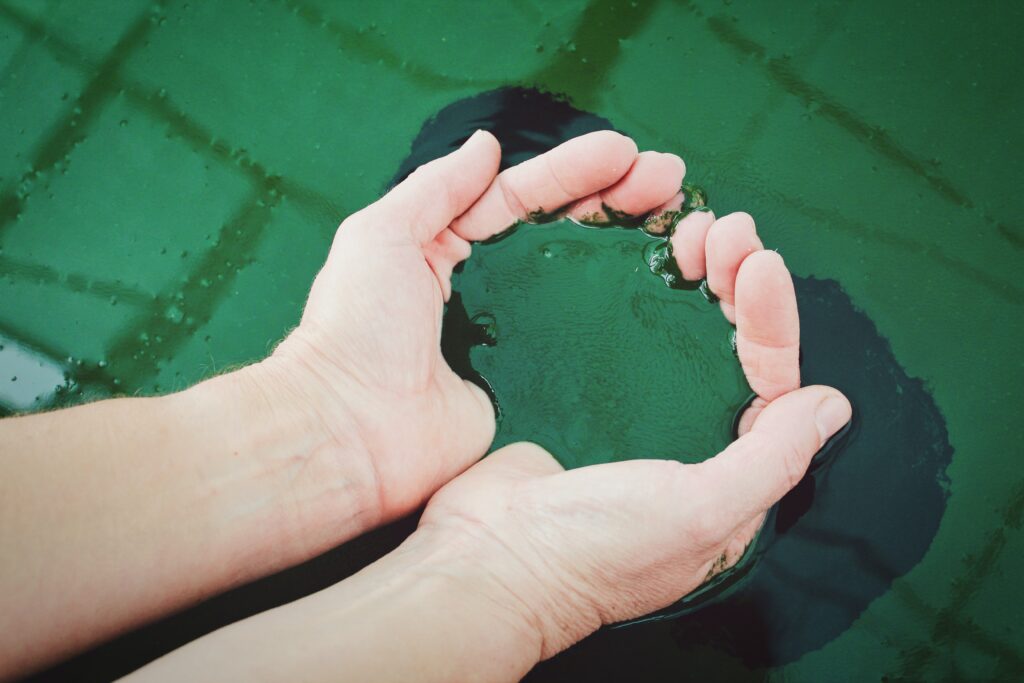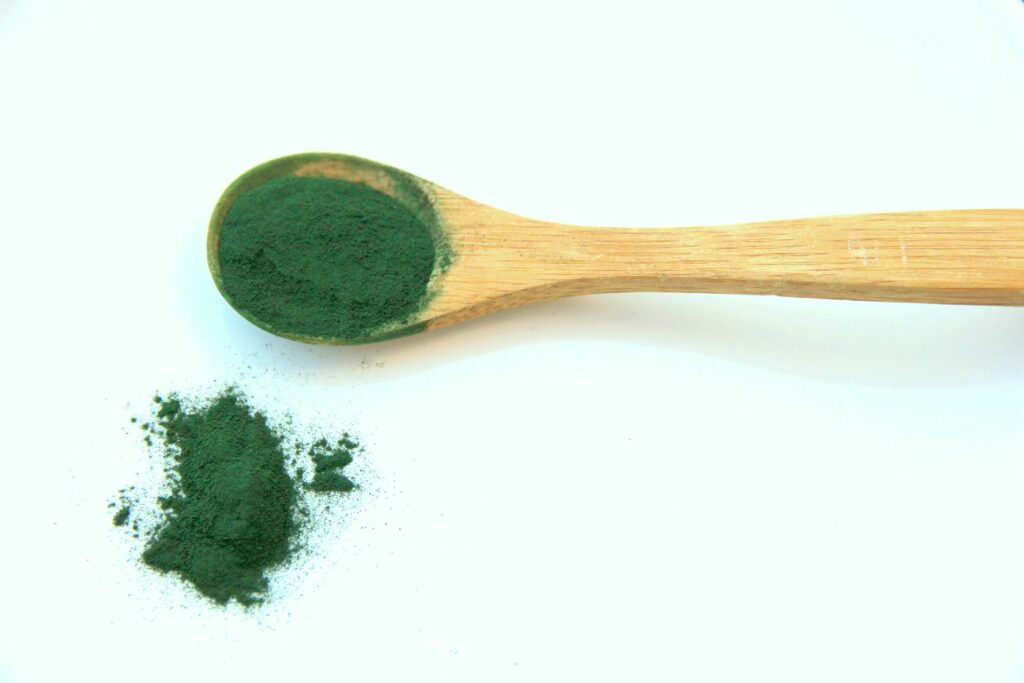Have you heard of spirulina? Spiru…what? you may say. Spirulina is part of the cyanobacteria family, which is classified as a bacteria. However, because it grows in warm, preferably alkaline, water, spirulina is often referred to as a blue-green algae.
Spirulina, like a plant, captures light for photosynthesis, contains chlorophyll, and grows into large colonies; biology recap: photosynthesis is a process by which some plants, algae, and bacteria use the suns energy, with carbon dioxide and water, to create energy for the cells, while oxygen is a by product. Spirulina, due to its photosynthesis and large quantities around the world, is responsible for a large amount of the worlds oxygen. Spirulina has been documented amongst ancient civilizations as a food source for centuries, but it wasn’t until the 1970’s that we saw commercial production.

Health benefits of spirulina
Like much of what we have discussed in this health blog in the past, this is an ever changing, or evolving, science. As of current there are not many studies done on humans to make solid recommendations beyond that of, spirulina is high in nutrients, vitamins, minerals, antioxidants, full of plant based protein, and is low in calories. This makes spirulina a good healthy addition for many people. There are reports suggesting that spirulina has the following properties:
- immune system boosting properties
- supports the growth of healthy bacterial flora in your gut
- helps with allergy symptoms like rhinitis, congestion, sneezing, and itching
- a study out of Mexico showed 4.5 grams of spirulina daily helped regulate blood pressure
- another study suggested 8 grams daily helped lower cholesterol
- spirulina reportedly helps the body detoxify from heavy metals
- it has been reported that after the Chernobyl disaster, a British company sent shipments of spirulina to clinics in which 5 grams was given daily to children and the doctors reported the children treated with spirulina showed faster recovery of white blood cell count, radioactivity levels in the urine was reduced, faster cell regeneration; since that time there has been multiple Russian studies in regards to the benefits in children treated with spirulina following radiation exposure

How to get spirulina
Spirulina is available in powder, capsules, tablets, and flakes. But remember, being a living algae, grown in water, it is important to get spirulina from an organic source; just like with fish, the quality of the water is important for the quality of the spirulina. Spirulina is about 70% protein by weight, and a more complete protein than beef or lentils. Spirulina contains all the essential amino acids. Recommended daily intake, for an adult, is about 0.5-5 grams. Nutritionally, spirulina contains B vitamins, calcium, iron, iodine, magnesium, selenium, manganese, potassium, zinc, GLA fatty acid, and antioxidant carotenoids. Personally, I like to add spirulina to a green smoothie; but be careful the flavor of spirulina can over power just about anything else so try adding small amounts at first. There are no known side effects of taking spirulina. But like always, check with your health care practitioner before adding spirulina to your diet.
It might be kind of mind blowing, the thought of eating algae for better health, while most of us avoid bodies of water with algae. But spirulina, is quite nutritious. Spirulina isn’t the only algae gaining in popularity recently, you may have also heard of chlorella. Look foreword to the next blog, where we will cover spirulina’s cousin, chlorella.
